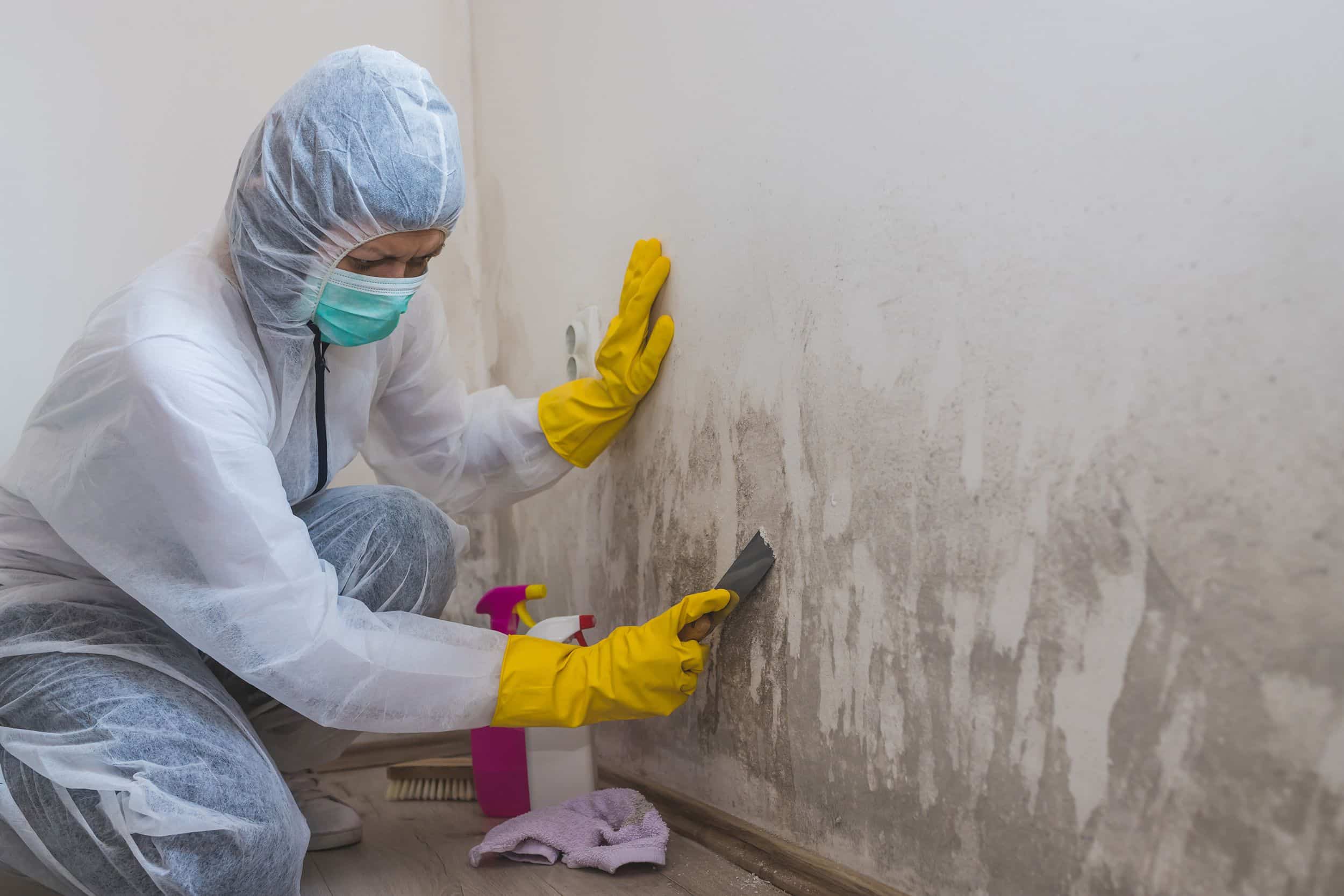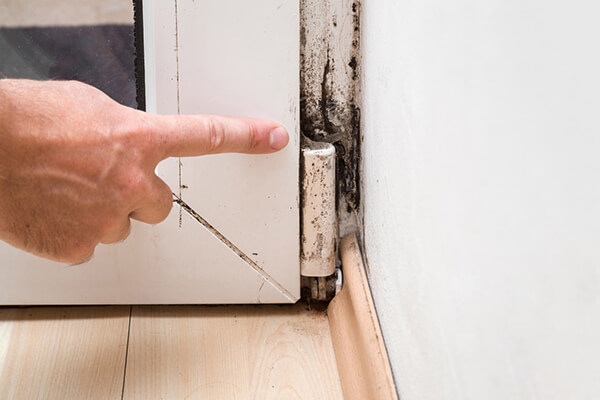After Mold Remediation Strategies for Clean Spaces
Your Ultimate Guide to Post Mold Remediation Methods
Browsing the realm of post-mold removal techniques is a precise procedure that requires interest to information and a comprehensive understanding of the details included. In the consequences of mold and mildew problem, recognizing exactly how to properly eradicate the mold and stop its reoccurrence is paramount for maintaining a healthy interior setting. From selecting the appropriate cleaning and decontaminating methods to carrying out strategies for long-lasting mold and mildew avoidance, each action in the remediation trip plays a crucial role in ensuring an effective outcome. As we begin on this exploration of post-mold removal strategies, we will discover the crucial strategies and finest practices that can assist you restore your area to its pre-mold condition and protect it versus future mold risks.
Understanding Post-Mold Removal Refine
After finishing the mold remediation procedure, it is critical to understand the post-mold remediation techniques that are needed to guarantee a reliable and thorough cleaning. As soon as the mold and mildew has actually been eliminated, the next action involves cleansing and decontaminating the impacted locations to avoid any regrowth of mold and mildew. This consists of making use of specialized cleansing representatives to wipe down surfaces and kill any type of continuing to be mold and mildew spores. It is important to dry out the area totally to prevent the growth of mold and mildew in the future (After mold remediation). Correct ventilation and dehumidification can help in this procedure.
Furthermore, performing a final examination post-remediation is important to ensure that all mold has actually been efficiently eradicated. If the evaluation exposes any sticking around mold, additional removal may be required.
Reliable Cleaning Up and Sanitizing Techniques

Avoiding Future Mold Development

Value of Proper Air Flow
Appropriate ventilation plays a critical role in stopping dampness accumulation, a key element in mold growth within indoor environments. Reliable air flow systems aid get rid of excess moisture from the air, lowering the possibilities of mold spores discovering the wetness they require to germinate and spread out. Without adequate air flow, interior rooms can become a breeding ground for mold and mildew, resulting in potential health risks and architectural damage.
By making sure correct air blood circulation, ventilation systems can likewise aid in drying moist areas quicker after water damages or flooding events, better hindering mold development. what to do after mold remediation. In areas like shower rooms, basements, attics, and kitchen areas where dampness degrees often tend to be higher, setting up and keeping effective ventilation systems is essential in stopping mold problems

Tracking and Upkeep Tips
Given the important role that appropriate ventilation plays in preventing mold development, it is necessary to develop effective tracking and maintenance suggestions to ensure the ongoing capability of ventilation systems. Routine evaluations of air flow systems should be carried out to examine for any signs of blockages, leaks, or malfunctions that might hinder appropriate air flow. Surveillance moisture levels within the home is likewise critical, as high moisture can contribute to mold and mildew development. Installing a hygrometer can assist track humidity levels and sharp homeowners to any spikes that may need attention. Furthermore, making sure that air filters are consistently cleaned or replaced is important for maintaining the effectiveness of the air flow system. Executing a timetable for routine upkeep check my blog jobs, such as air duct cleaning and cooling and heating system assessments, can help stop issues before they escalate. By staying proactive and attentive to the problem of air flow systems, homeowner can successfully alleviate the danger of mold regrowth and maintain a healthy and balanced indoor setting.
Final Thought
To conclude, post-mold removal techniques are important for ensuring a tidy and risk-free atmosphere. Understanding the process, executing efficient cleaning and decontaminating techniques, stopping future mold development, preserving correct air flow, and regular monitoring are all vital actions in the remediation procedure. By adhering to these standards, you can effectively get rid of mold and mildew and avoid its return, functioning or advertising a healthy you can try this out living area for all owners.
In the consequences of mold infestation, understanding how to efficiently get rid of the mold and avoid its reoccurrence is critical for maintaining a healthy interior environment. As soon as the mold has been removed, the next action includes cleansing and disinfecting the influenced areas to stop any kind of regrowth of mold - Post Mold Remediation Report. After removing visible mold development, it is vital to cleanse all surface areas in the afflicted location to eliminate any type of continuing to be mold and mildew spores. To even more enhance mold and mildew prevention procedures, it is necessary to attend to underlying problems that at first led to mold development.Offered the essential duty that correct ventilation plays in stopping mold development, it is necessary to develop reliable surveillance and upkeep ideas to guarantee the continued performance of go to these guys air flow systems